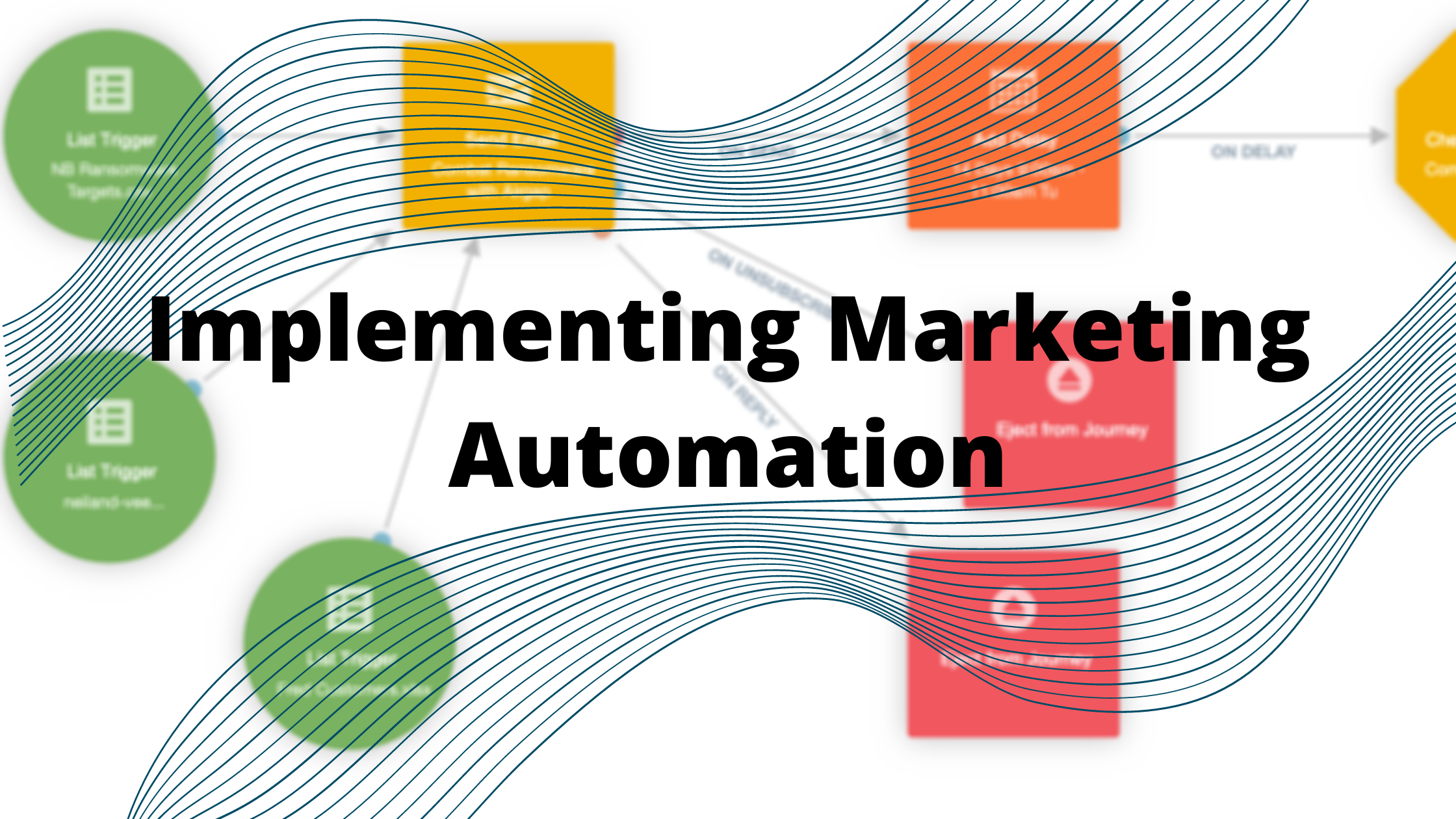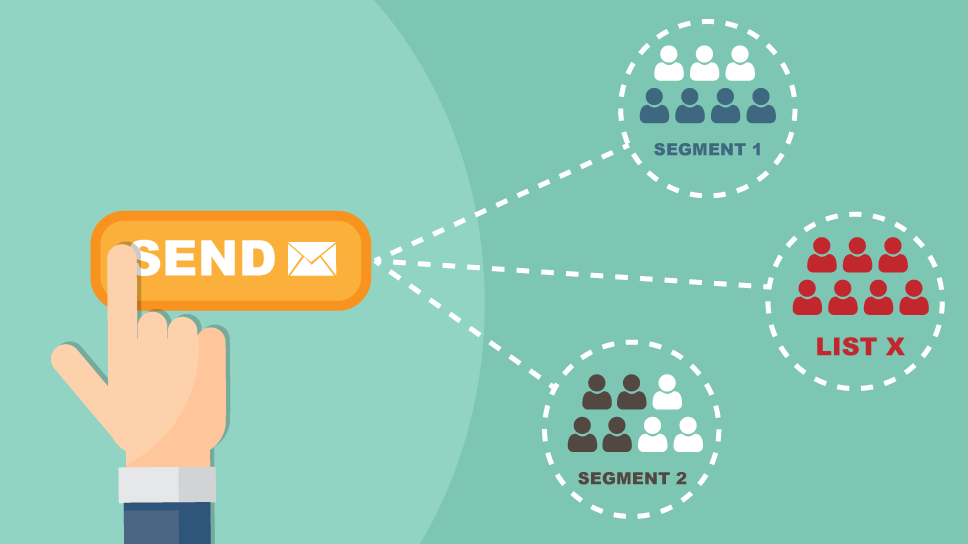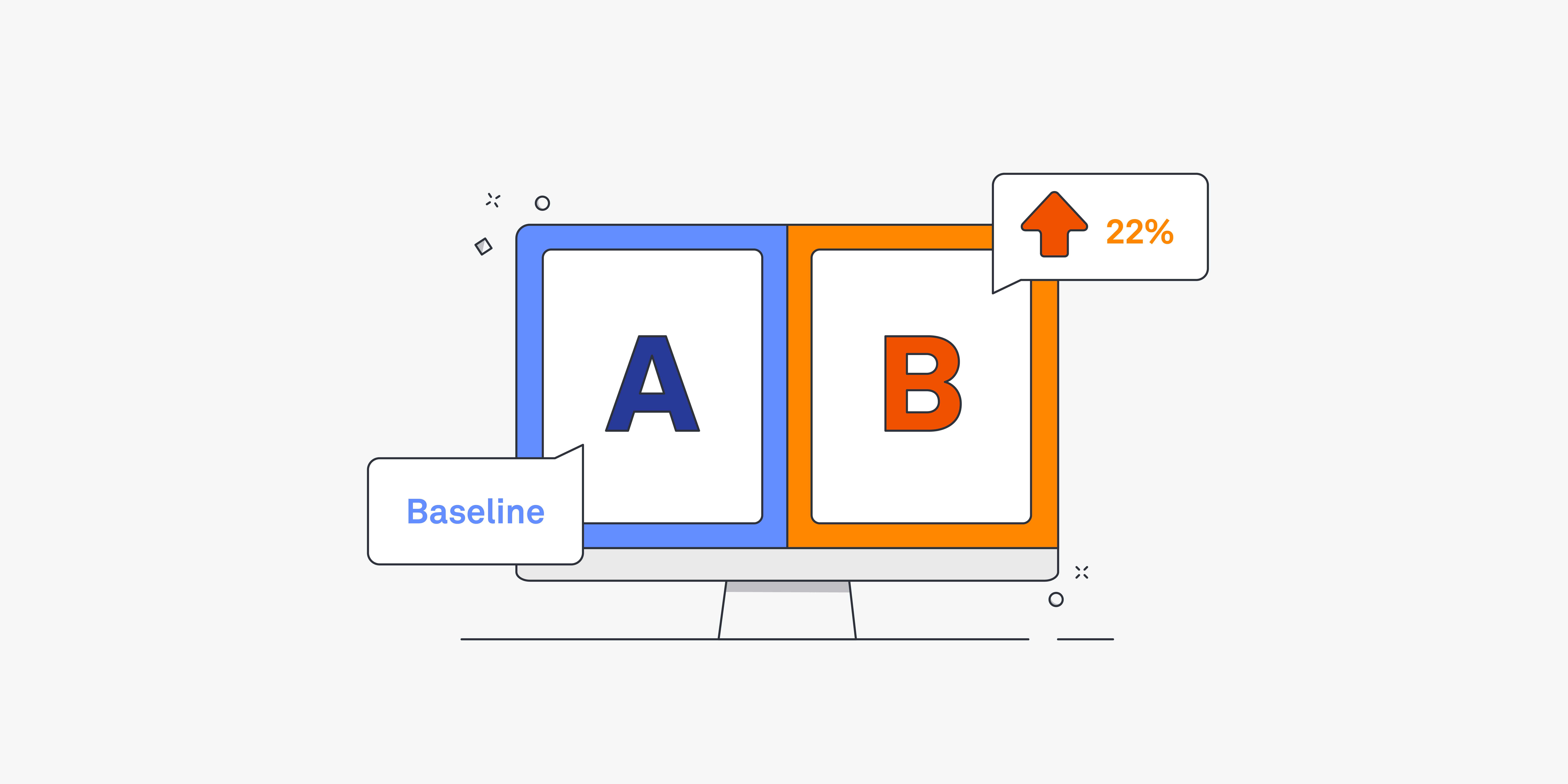In today’s competitive era, most marketers face a lot of challenges and pressure to get most of their efforts. It is essential to automate your marketing efforts.
Running a digital marketing agency or any other business is in itself a daunting task. However, to successfully optimize sales strategies and marketing efforts, you must use the power of marketing automation.
With the right marketing automation tools, you have the opportunity to achieve more. Utilize the latest technology and trends to boost leads, conversion, and revenue. One of the best parts of advanced and latest marketing automation tools is they offer support and change the role of marketers by eliminating tedious tasks.
The most successful marketing strategies are ones that rely on automation. According to one survey, sales productivity can increase by up to 14.5% when you automate your marketing efforts.
In this blog, we will learn more about how marketing automation can help your business grow, and boost revenues.
What is B2B marketing automation?

B2B marketing automation stands for the process of use of automation software to automate and streamline various hectic tasks and processes specifically related to business-to-business B2B interactions. Automation helps companies manage their marketing efforts by automating their daunting tasks such as lead generation, email marketing, and customer relationship management.
Applying marketing automation to your manual procedures may save you time and effort completely and give you peace of mind so that you can focus on other parts of the business. Instead of sending manual emails to your target customers use automated emails which are more accurate, and personalized and reach out to clients more effectively and personally.
How To Implement Marketing Automation ?

Implementing marketing automation involves using software and technology to streamline and optimize your marketing efforts. Here are some significant steps you have to take to implement Marketing Automation.
Set Goals:

Identify what you want to achieve with marketing automation. Setting your goals clearly can help you to guide your efforts toward marketing automation. Whether you want to generate leads, improve sales, or increase customer retention.
Choose the Right Software:

Research and select a marketing automation platform that suits your needs and budget. Popular options include HubSpot, Marketo, and Mailchimp. Make sure it integrates well with your existing tools like CRM systems.
Define Your Customer Journey:

Take out the different stages a customer goes through, from awareness to conversion. Identify touchpoints and interactions at each stage.
Segment Your Audience:

Divide your audience into segments based on demographics, behavior, and preferences. This allows you to send more targeted and relevant content.
Create Quality Content:

Develop content that speaks to each individual needs and interests. This includes emails, landing pages, and social media posts.
Automate Email Campaigns:

Use email marketing automation to send personalized emails based on triggers like user behavior or time intervals. This can include welcome emails, creating sequences, and left-out cart reminders.
Lead Scoring:

Implement a lead scoring system to prioritize leads based on their engagement and readiness to purchase. This helps your sales team focus on the most promising prospects.
Monitor and Analyze:

Regularly track and analyze the performance of your automated campaigns. Pay attention to open rates, click-through rates, conversion rates, and ROI.
A/B Testing:

Continuously test different elements of your campaigns, such as subject lines, content, and CTAs, to optimize for better results.
Integrate with CRM:
Ensure seamless communication between your marketing automation platform and customer relationship management (CRM) system. This keeps your sales and marketing teams aligned.
Training and Resources:

Train your team on how to use the marketing automation software effectively. Provide resources and documentation for reference.
Compliance and Privacy:

Stay compliant with data protection laws like GDPR and CAN-SPAM. Ensure that you have proper consent for email marketing and handle data responsibly.
Scale and Expand:

As you see positive results, consider scaling your automation efforts. Explore advanced features and strategies like lead nurturing workflows and predictive analytics.
Feedback Loop: Maintain an open feedback loop between your marketing and sales teams to continuously improve the automation process.
Stay Updated:
Keep up with industry trends and updates in marketing automation technology. The field is constantly evolving, and staying informed is crucial for success.
How marketing automation works

Marketing automation is like having a digital assistant for your marketing tasks. It involves using software and technology to streamline and automate various marketing strategies. Here’s how it works:
Data Collection: It starts with gathering data about your customers and leads. This includes information like email addresses, browsing behavior, and purchase history. This data is usually stored in a centralized database.
Segmentation: Once you have this data, you can divide your audience into sections based on their characteristics and behaviors. For example, you might create sections for first-time customers, loyal customers, or those who haven’t engaged with your brand in a while.
Personalization: With these segments in place, you can create personalized marketing messages and content. Marketing automation tools can send tailored emails, recommendations, or messages to each segment, making your communication more relevant to the customer.
Workflow Automation: Marketing automation allows you to set up workflows, which are a series of predefined actions triggered by specific events or conditions. For instance, when someone signs up for your newsletter, a welcome email can be automatically sent, followed by a series of educational emails over time.
Lead Nurturing: For leads who aren’t ready to make a purchase, marketing automation can grab them over time. This means sending them valuable content, such as blog posts, webinars, or product information, to gradually build trust and interest.
Scoring and Alerts: Marketing automation tools often assign scores to leads based on their engagement and behavior. When a lead reaches a certain score, it can trigger alerts for your sales team to follow up, indicating that the lead might be ready to purchase.
Analytics and Optimization:

These tools also provide analytics to track the performance of your marketing campaigns. You can see what’s working and what’s not, allowing you to refine your strategies for better results.
Integration: Marketing automation systems can integrate with other tools like CRM (Customer Relationship Management) software, e-commerce platforms, and social media marketing, ensuring a seamless flow of data and actions across your marketing tech stack.
Conclusion
In essence, marketing automation simplifies and accelerates marketing tasks, making it easier to engage with your audience effectively, attract leads, and ultimately drive conversions and sales. It’s a powerful tool for modern businesses looking to scale their marketing efforts efficiently.
Connect with XDimension to grab more organic leads for your business.

